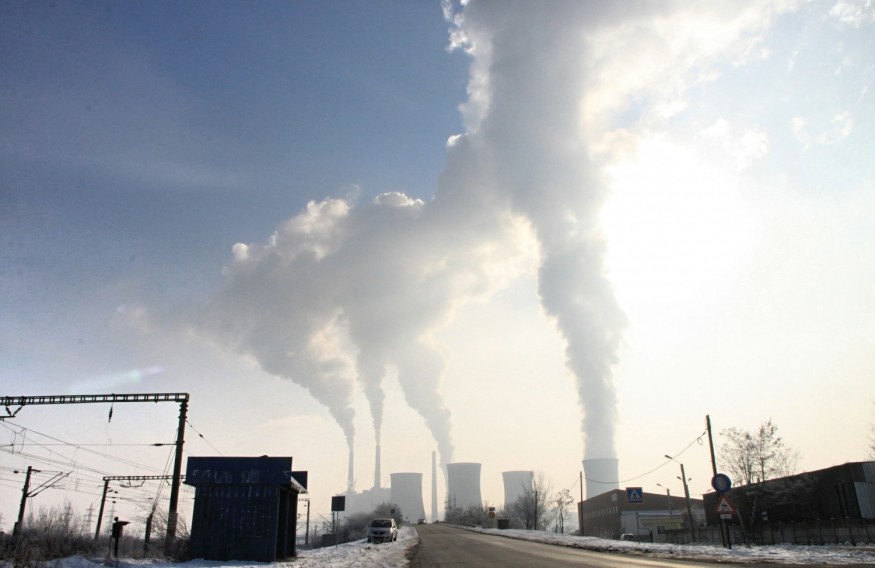
The world is in a state of crisis: global warming is starting to have more and more drastic effects on the environment. Instead of allowing the Sun's heat to escape outside the planet, greenhouse gases keep them inside. One of the largest culprits is carbon dioxide (CO2), which accounts for around 75–80% of greenhouse gases. Being able to reduce CO2 amounts has thus been a top priority.
Scientists are looking at ways to capture the CO2 for later use, called carbon sequestration. However, current methods of carbon sequestration require large amounts of energy, making scalability a problem.
New research from Kyoto University, University of Tokyo, and Jiangsu Normal University present a new way to deal with this. Published in Nature Communications, the study presents a material that not only captures CO2, but also converts it into useful organic compounds at high efficiencies.
They were able to achieve this by using a class of materials called porous coordination polymers (PCP). The building blocks of these PCPS are called coordination complexes, where a metal atom/ion is bonded to other chemically reactive groups. PCPs are repeating units of these coordination complexes on the magnitude of thousands or more.
The pores in these materials can be easily fine-tuned, which when coupled with an ultra-high surface area, can be used to capture compounds in large quantities at a time, acting like a molecular-level sieve.
For this study, they used coordination complexes made of zinc ions coupled with propeller-like organic compounds called DPA. The interactions between zinc and DPA show a very good affinity to CO2, confirmed by crystal structure analysis of the Zn-DPA PCP.
To test how they can convert the captured CO2, they subjected the trapped CO2 in the Zn-DPA PCP to chemical reactions that can yield useful organic products. One organic product of interest would be cyclic carbonate, which sees extensive use in industry as polymer precursors, fuel additives, and more. With the right conditions, some of the tested reactions had cyclic carbonate yields above 90%, making the process highly efficient with low amounts of losses. The authors also noted that the Zn-DPA PCP has significantly shorter reaction time and higher product yield than previously studied PCPs.
The material also shows good recyclability, showing no discernable decrease in reaction efficiency even after ten cycles of the reaction process. This makes it highly attractive for long-term use in industry.
With properties like these, there's a good chance that the material could see use in industry in the future, although further refinement of the material would be needed. Improving the Zn-DPA PCP's durability would contribute to longer service lifetimes, higher flexibility allowing further capture, and increased reactivity at the pores possibly increasing reaction efficiency.
With materials innovations increasing in leaps and bounds, the field of materials science (and this research in particular) shows great promise in being able to impact the CO2 problem significantly.
© 2026 ScienceTimes.com All rights reserved. Do not reproduce without permission. The window to the world of Science Times.











